A Localization Algorithm for Multiple Radiation Sources in Low-altitude Intelligent Networks Based on Sparse Tensor Completion and Density Peaks Clustering
-
摘要: 该文聚焦于低空智能网中多辐射源的定位技术研究,旨在利用搭载频谱监测设备的无人机采集的信号强度数据,精确解析低空目标区域内多个未知辐射源的空间位置。然而,实际应用场景面临多重挑战:无人机飞行轨迹受限导致测量数据稀疏;环境噪声及阴影衰落加剧数据波动;多个未知辐射源进一步加重了算法的复杂度,严重阻碍了现有低空多辐射源定位(MSL)技术的效能发挥。针对上述挑战,该文创新性地提出了一种基于稀疏张量补全与密度峰值聚类的低空智能网多辐射源定位算法。该算法将多辐射源定位问题解构为两个核心步骤:稀疏张量补全和张量密度峰值检测。具体而言,首先根据无人机的飞行轨迹将稀疏测量数据构建为3维稀疏张量,随后采用卷积自编码器网络对该张量进行高效补全,以复原目标空间内的完整信号强度张量图谱。在此基础上,利用改进的密度峰值聚类算法搜索张量中的密度峰值中心,从而实现多辐射源的精确定位。仿真结果表明,本文提出的算法能够有效利用稀疏测量数据对低空多辐射源进行定位,克服了因环境噪声带来的异常值影响,且展现出对辐射源数量的鲁棒性,为低空智能网中的多辐射源定位问题提供了有效的解决方案。Abstract:
Objective This paper addresses key technologies for multi-source localization in low-altitude intelligent networks, aiming to achieve precise spatial localization of multiple unknown radiation sources in dynamic low-altitude environments. The localization is based on signal strength data collected by spectrum monitoring devices mounted on Unmanned Aerial Vehicles (UAVs). Traditional localization methods encounter three major challenges in practical applications: significant spatial sparsity of measurement data due to the constrained flight trajectories of UAVs, signal strength fluctuations caused by environmental noise and shadow fading, and exponential increases in algorithm complexity as the number of unknown radiation sources grows. These factors lead to a substantial decline in localization performance in dynamic low-altitude scenarios, highlighting the need for a more robust multi-source localization framework. Methods To address these issues, this study proposes a collaborative localization algorithm that integrates sparse tensor completion with an improved Density Peak Clustering (DPC) method. The proposed approach decomposes multi-source localization into two progressive stages: three-dimensional tensor reconstruction and density peak detection. First, the sparse measurement data from UAVs are modeled as a three-dimensional sparse tensor containing spatial coordinates and signal strength, fully characterizing the spatial distribution of signals in the target area. A tensor completion network based on convolutional autoencoders is then designed to intelligently infer the signal strength in unmeasured regions through deep feature learning, effectively alleviating the data sparsity issue. Based on the reconstructed complete signal distribution, an improved DPC algorithm is introduced. By incorporating an adaptive truncation distance to optimize local density calculations and constructing a decision graph using Mahalanobis distance, the algorithm accurately identifies density peaks (i.e., radiation source locations) and suppresses outliers. Results and Discussions The innovation of this method is reflected in the following three aspects: (1) Enhanced noise robustness: By reconstructing the signal spatial distribution through tensor completion and eliminating pseudo-peaks caused by noise interference using DPC clustering. Under noise power conditions of –20 dBm, the algorithm achieved a missed detection probability of 16.62% and a false alarm probability of 11.13%, while maintaining an average localization error of 12.15 m ( Fig. 11 ,Fig. 12 ); (2) Improved weak signal detection capability: By utilizing local density features rather than traditional signal strength threshold detection, the localization performance for low-power radiation sources was improved. Under conditions with radiation source transmission power of 5 dBm to 10 dBm and at a 30% sampling rate, the algorithm achieved a missed detection probability of 3.12% and a false alarm probability of 3.56%, significantly outperforming two baseline algorithms (Fig. 9 ,Fig. 10 ); (3) Optimized multi-source resolution performance: Simulation experiments demonstrated that in scenarios with 10 coexisting radiation sources, the method achieved an average localization error of 6.42m, representing a 46.94% improvement over the existing best method’s performance of 12.10 meters. Additionally, the fluctuation in localization error across scenarios with 2 to 10 radiation sources was maintained within ±9% (Fig. 7 ,Fig. 8 ).Conclusions This study constructs a two-stage localization framework, “tensor completion-density clustering,” which combines radio map estimation with the improved DPC algorithm for the first time, addressing the challenges of sparse measurement, noise interference, and multi-source coupling in low-altitude scenarios. The proposed algorithm can reconstruct the three-dimensional signal strength distribution from sparse measurement data obtained by UAVs and accurately localize multiple unknown radiation sources. It maintains strong performance under complex conditions, such as sparse measurements, environmental noise, and multi-source scenarios. This method provides a practical and robust solution for UAV spectrum monitoring applications. The technology offers theoretical support for tasks such as the rapid traceability of interference sources in emergency communications and collaborative spectrum sensing in UAV swarms, with significant application potential in areas such as smart city aerial monitoring and battlefield electromagnetic situational awareness. -
1 基于密度峰值聚类的多辐射源定位算法
输入:重建的3维信号强度张量图谱$\hat {\boldsymbol{R}}$,信号强度阈值${{\mathrm{RSS}}_{{t}}}$ 输出:辐射源的数量${\hat N_{\mathrm{t}}}$和坐标集$ \hat {\boldsymbol{\xi}} = \left\{ {({{\hat x}_{{t}}},{{\hat y}_{{t}}},{{\hat z}_{{t}}})} \right\}_{t = 1}^{{{\hat N}_{\mathrm{t}}}} $ (1)初始化张量图谱 $\hat {\boldsymbol{R}}$的所有样本点,形成待聚类数据集
$ D = \left\{ {\left( {{x_i},{y_i},{z_i},{r_i}} \right)} \right\}_{i = 1}^{{N_{\text{G}}}} $(2)滤除信号强度小于${{\mathrm{RSS}}_{{t}}}$的样本点,剩余的数据集
$ D' = \left\{ {\left( {{x_i},{y_i},{z_i},{r_i}} \right) \in D\left| {{r_i} > {{\mathrm{RSS}}_t}} \right.} \right\} $(3)根据式(8)计算样本间的距离${d_{ij}}$ (4)根据式(9)和式(7)计算数据集$D'$内每个样本点的局部密度$\rho $和
相对距离$\delta $(5)构造样本相对距离$\delta $相对于样本局部密度$\rho $的决策图 (6)根据决策图确定密度峰值点和离群点,密度峰值点的数量即
为辐射源的数量${\hat N_{\mathrm{t}}}$(7)对待分配样本点执行分配策略,得到${\hat N_{\mathrm{t}}}$个类的样本点集合 (8)根据式(10)计算每个类的加权平均值,得到辐射源的坐标
$ ({\hat x_t},{\hat y_t},{\hat z_t}) $ -
[1] 吴启晖, 董超, 贾子晔, 等. 低空智联网组网与控制理论方法[J]. 航空学报, 2024, 45(3): 028809. doi: 10.7527/S1000-6893.2023.28809.WU Qihui, DONG Chao, JIA Ziye, et al. Networking and control mechanism for low-altitude intelligent networks[J]. Acta Aeronautica et Astronautica Sinica, 2024, 45(3): 028809. doi: 10.7527/S1000-6893.2023.28809. [2] 杨宁, 胡景明, 张邦宁, 等. 低空智联网中基于多质心OpenMax的无人机开集识别方法[J]. 数据采集与处理, 2024, 39(1): 60–70. doi: 10.16337/j.1004-9037.2024.01.006.YANG Ning, HU Jingming, ZHANG Bangning, et al. Open set identification method for unmanned aerial vehicles based on multicenter OpenMax in low-altitude intelligent network[J]. Journal of Data Acquisition and Processing, 2024, 39(1): 60–70. doi: 10.16337/j.1004-9037.2024.01.006. [3] 乐煜炜, 江锐, 江毅恒, 等. 区块链增强的低空智联网可信协作架构及集群构建策略[J]. 数据采集与处理, 2024, 39(1): 71–82. doi: 10.16337/j.1004-9037.2024.01.007.LE Yuwei, JIANG Rui, JIANG Yiheng, et al. Blockchain-enhanced trustworthy collaboration architecture and cluster-forming strategy for low-altitude intelligent network[J]. Journal of Data Acquisition and Processing, 2024, 39(1): 71–82. doi: 10.16337/j.1004-9037.2024.01.007. [4] 董超, 经宇骞, 屈毓锛, 等. 面向低空智联网频谱认知与决策的云边端融合体系架构[J]. 通信学报, 2023, 44(11): 1–12. doi: 10.11959/j.issn.1000-436x.2023228.DONG Chao, JING Yuqian, QU Yuben, et al. Cloud-edge-device fusion architecture oriented to spectrum cognition and decision in low altitude intelligence network[J]. Journal on Communications, 2023, 44(11): 1–12. doi: 10.11959/j.issn.1000-436x.2023228. [5] 丁国如, 孙佳琛, 王海超, 等. 复杂电磁环境下频谱智能管控技术探讨[J]. 航空学报, 2021, 42(4): 524750. doi: 10.7527/S1000-6893.2020.24750.DING Guoru, SUN Jiachen, WANG Haichao, et al. Discussion on technologies for intelligent spectrum management and control under complex electromagnetic environments[J]. Acta Aeronautica et Astronautica Sinica, 2021, 42(4): 524750. doi: 10.7527/S1000-6893.2020.24750. [6] PAU G, ARENA F, GEBREMARIAM Y E, et al. Bluetooth 5.1: An analysis of direction finding capability for high-precision location services[J]. Sensors, 2021, 21(11): 3589. doi: 10.3390/s21113589. [7] MAKKI A, SIDDIG A, SAAD M, et al. Indoor localization using 802.11 time differences of arrival[J]. IEEE Transactions on Instrumentation and Measurement, 2016, 65(3): 614–623. doi: 10.1109/TIM.2015.2506239. [8] LU Zhiyu, BA Bin, WANG Jianhui, et al. A direct position determination method with combined TDOA and FDOA based on particle filter[J]. Chinese Journal of Aeronautics, 2018, 31(1): 161–168. doi: 10.1016/j.cja.2017.11.007. [9] LIU Chen, FANG Dingyi, YANG Zhe, et al. RSS distribution-based passive localization and its application in sensor networks[J]. IEEE Transactions on Wireless Communications, 2016, 15(4): 2883–2895. doi: 10.1109/TWC.2015.2512861. [10] PINKAM N, JEONG S, and CHONG N Y. Exploration of a group of mobile robots for multiple radiation sources estimation[C]. 2016 IEEE International Symposium on Robotics and Intelligent Sensors (IRIS), Tokyo, Japan, 2016: 199–206. doi: 10.1109/IRIS.2016.8066091. [11] BAI Erwei, YOSIEF K, DASGUPTA S, et al. The maximum likelihood estimate for radiation source localization: Initializing an iterative search[C]. 53rd IEEE Conference on Decision and Control, Los Angeles, USA, 2014: 277–282. doi: 10.1109/CDC.2014.7039394. [12] ZUBOW A, BAYHAN S, GAWŁOWICZ P, et al. DeepTxFinder: Multiple transmitter localization by deep learning in crowdsourced spectrum sensing[C]. 2020 29th International Conference on Computer Communications and Networks (ICCCN), Honolulu, USA, 2020: 1–8. doi: 10.1109/ICCCN49398.2020.9209727. [13] MITCHELL F, BASET A, PATWARI N, et al. Deep learning-based localization in limited data regimes[C]. The 2022 ACM Workshop on Wireless Security and Machine Learning, San Antonio, USA, 2022: 15–20. doi: 10.1145/3522783.3529529. [14] 刘金帆, 沈哲贤, 常超. 一种基于电磁态势数据聚类的辐射源定位算法[J]. 电讯技术, 2023, 63(12): 1847–1854. doi: 10.20079/j.issn.1001-893x.230601002.LIU Jinfan, SHEN Zhexian, and CHANG Chao. A radiation source localization algorithm based on electromagnetic situation data clustering[J]. Telecommunication Engineering, 2023, 63(12): 1847–1854. doi: 10.20079/j.issn.1001-893x.230601002. [15] ZHAN Caitao, GHADERIBANEH M, SAHU P, et al. DeepMTL: Deep learning based multiple transmitter localization[C]. 2021 IEEE 22nd International Symposium on a World of Wireless, Mobile and Multimedia Networks (WoWMoM), Pisa, Italy, 2021: 41–50. doi: 10.1109/WoWMoM51794.2021.00017. [16] HABASH O, SINGH S, MIZOUNI R, et al. Multiple source localization in IoT: A conditional GAN and image-processing-based framework[J]. IEEE Internet of Things Journal, 2024, 11(4): 7059–7070. doi: 10.1109/JIOT.2023.3313887. [17] 刘东. 基于无人机频谱认知仪的频谱态势感知研究[D]. [硕士论文], 南京航空航天大学, 2022. doi: 10.27239/d.cnki.gnhhu.2022.001261.LIU Dong. Research on spectrum situation sensing based on UAV spectrum cognitive instrument[D]. [Master dissertation], Nanjing University of Aeronautics and Astronautics, 2022. doi: 10.27239/d.cnki.gnhhu.2022.001261. [18] TEGANYA Y and ROMERO D. Deep completion autoencoders for radio map estimation[J]. IEEE Transactions on Wireless Communications, 2022, 21(3): 1710–1724. doi: 10.1109/TWC.2021.3106154. [19] RODRIGUEZ A and LAIO A. Clustering by fast search and find of density peaks[J]. Science, 2014, 344(6191): 1492–1496. doi: 10.1126/science.1242072. [20] 谢娟英, 高红超, 谢维信. K近邻优化的密度峰值快速搜索聚类算法[J]. 中国科学: 信息科学, 2016, 46(2): 258–280. doi: 10.1360/N112015-00135.XIE Juanying, GAO Hongchao, and XIE Weixin. K-nearest neighbors optimized clustering algorithm by fast search and finding the density peaks of a dataset[J]. Scientia Sinica Informationis, 2016, 46(2): 258–280. doi: 10.1360/N112015-00135. [21] KIRING A, YEW H T, FARM Y Y, et al. Wi-Fi radio map interpolation with sparse and correlated received signal strength measurements for indoor positioning[C]. 2020 IEEE 2nd International Conference on Artificial Intelligence in Engineering and Technology (IICAIET), Kota Kinabalu, Malaysia, 2020: 1–5. doi: 10.1109/IICAIET49801.2020.9257857. [22] HU Tianyu, HUANG Yang, CHEN Junting, et al. 3D radio map reconstruction based on generative adversarial networks under constrained aircraft trajectories[J]. IEEE Transactions on Vehicular Technology, 2023, 72(6): 8250–8255. doi: 10.1109/TVT.2023.3239556. -





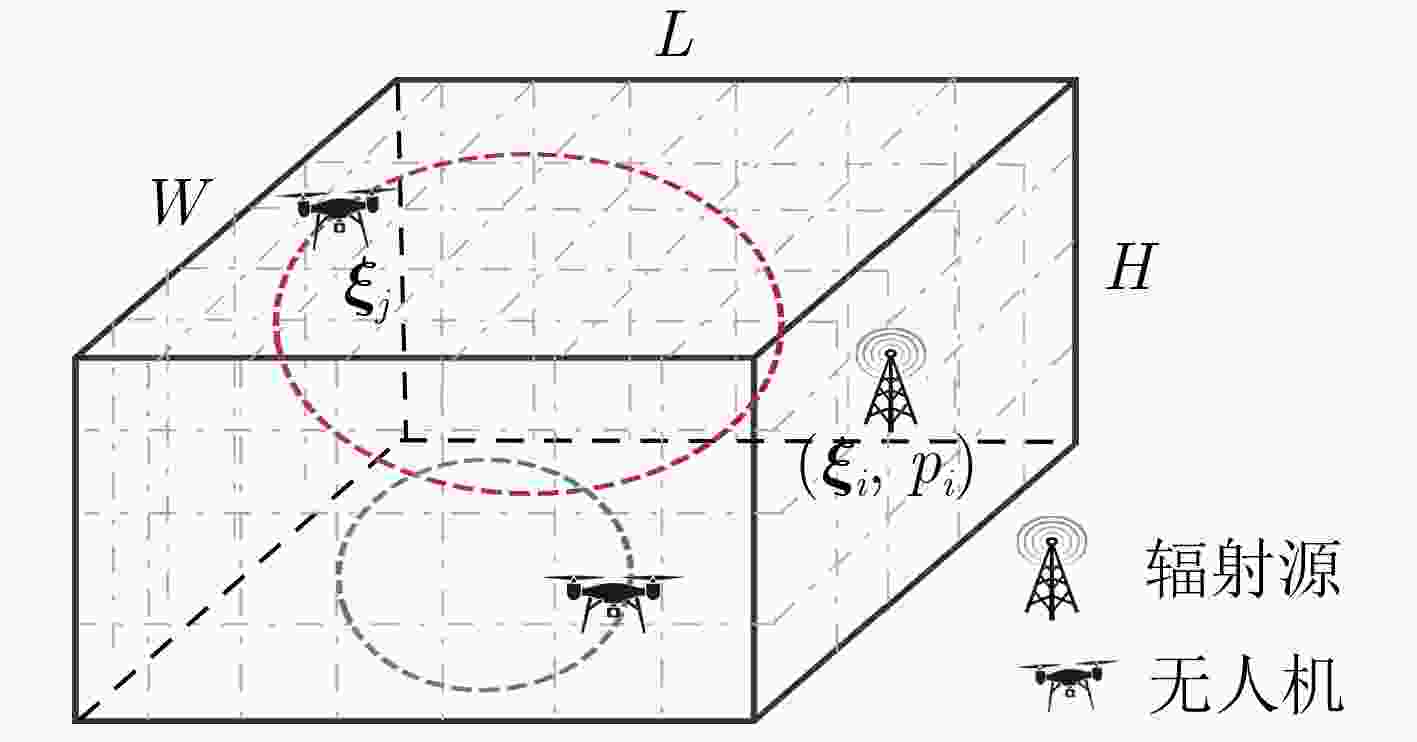
 下载:
下载:
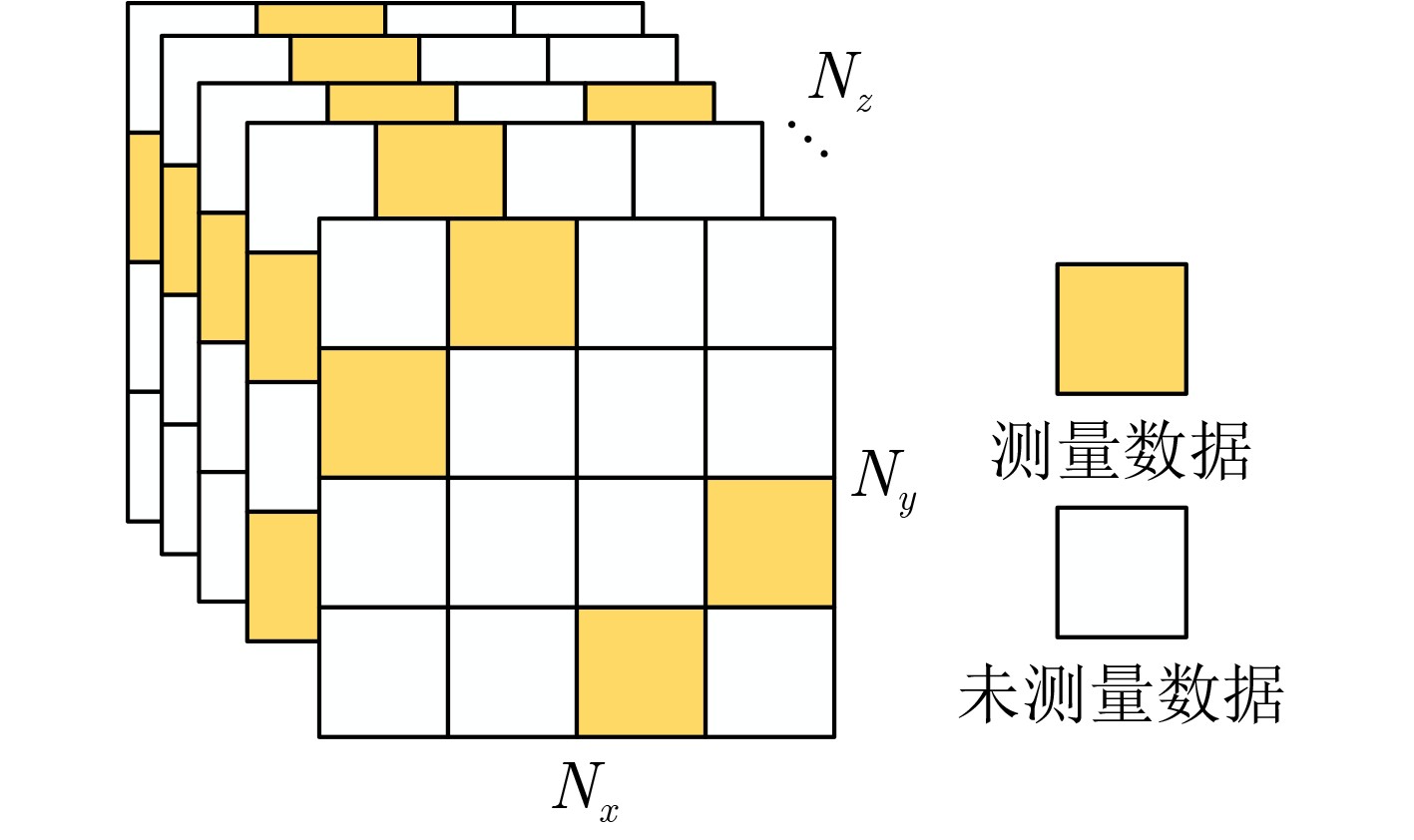


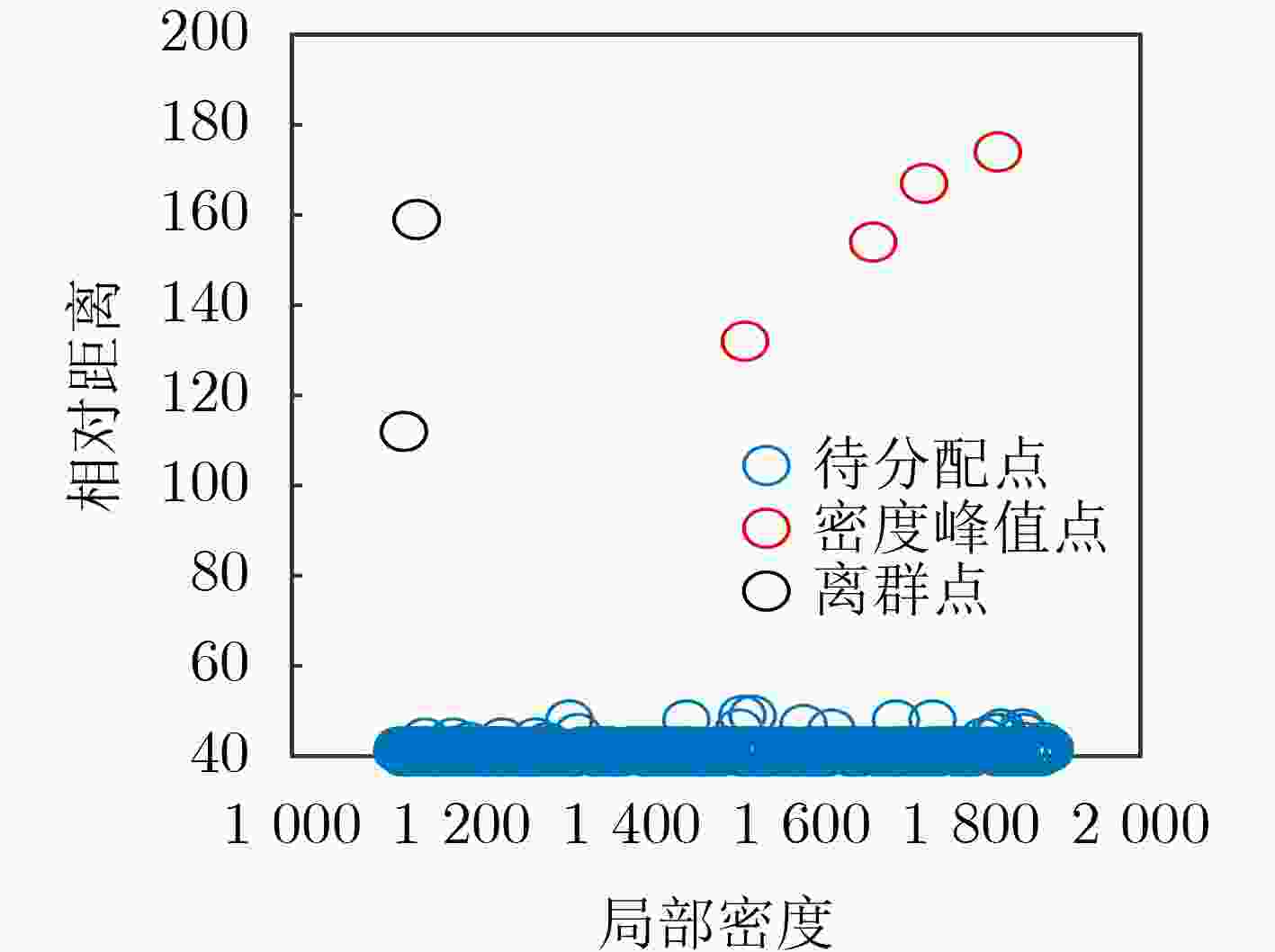

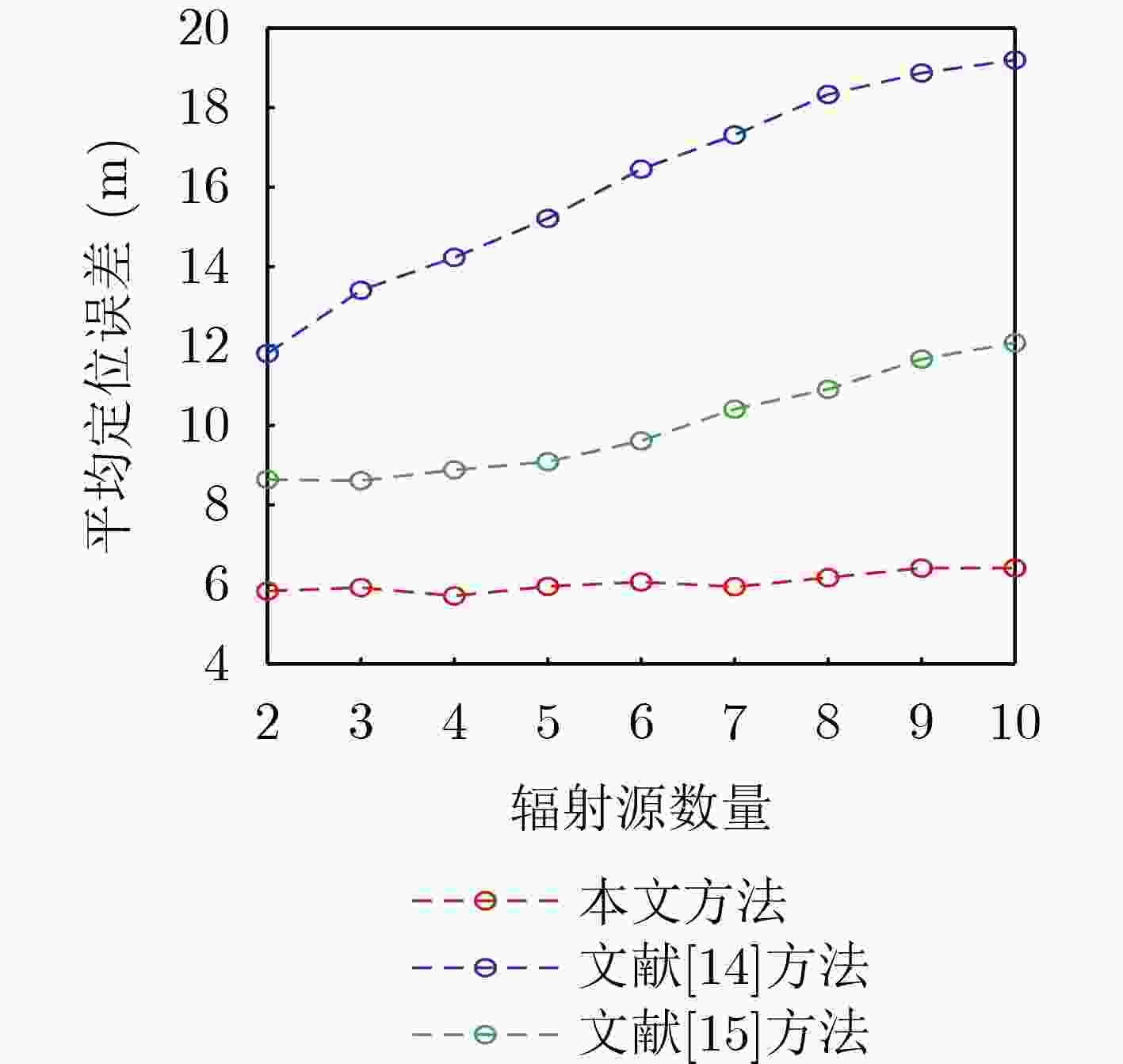
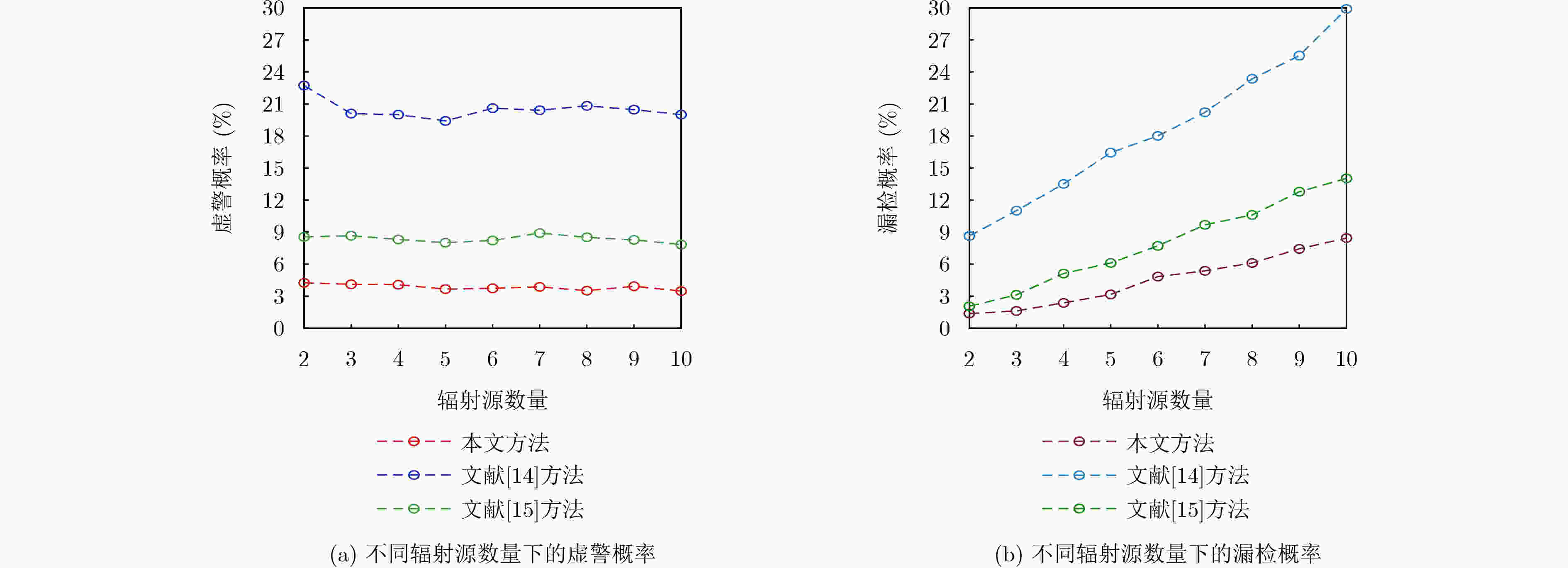
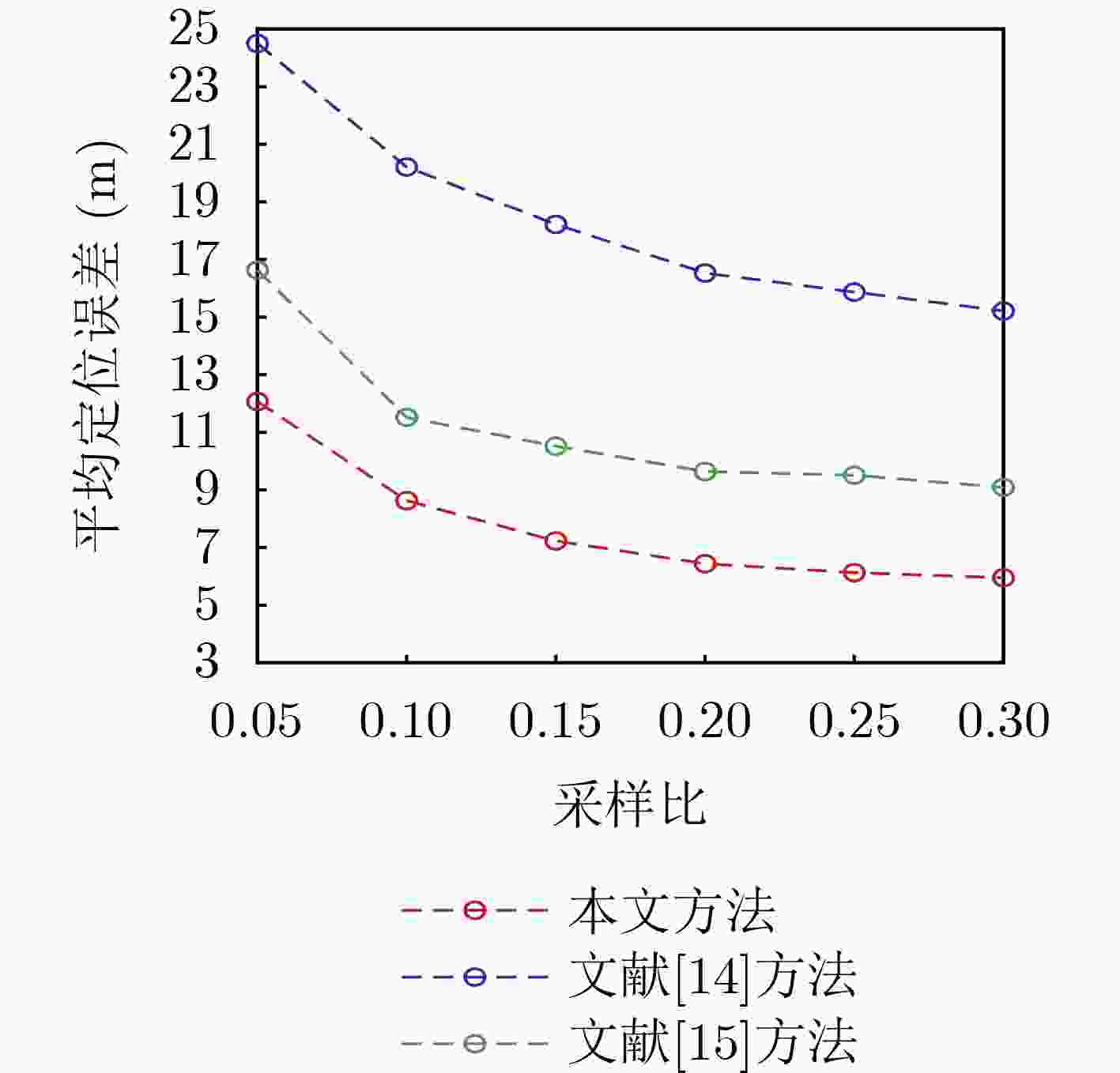
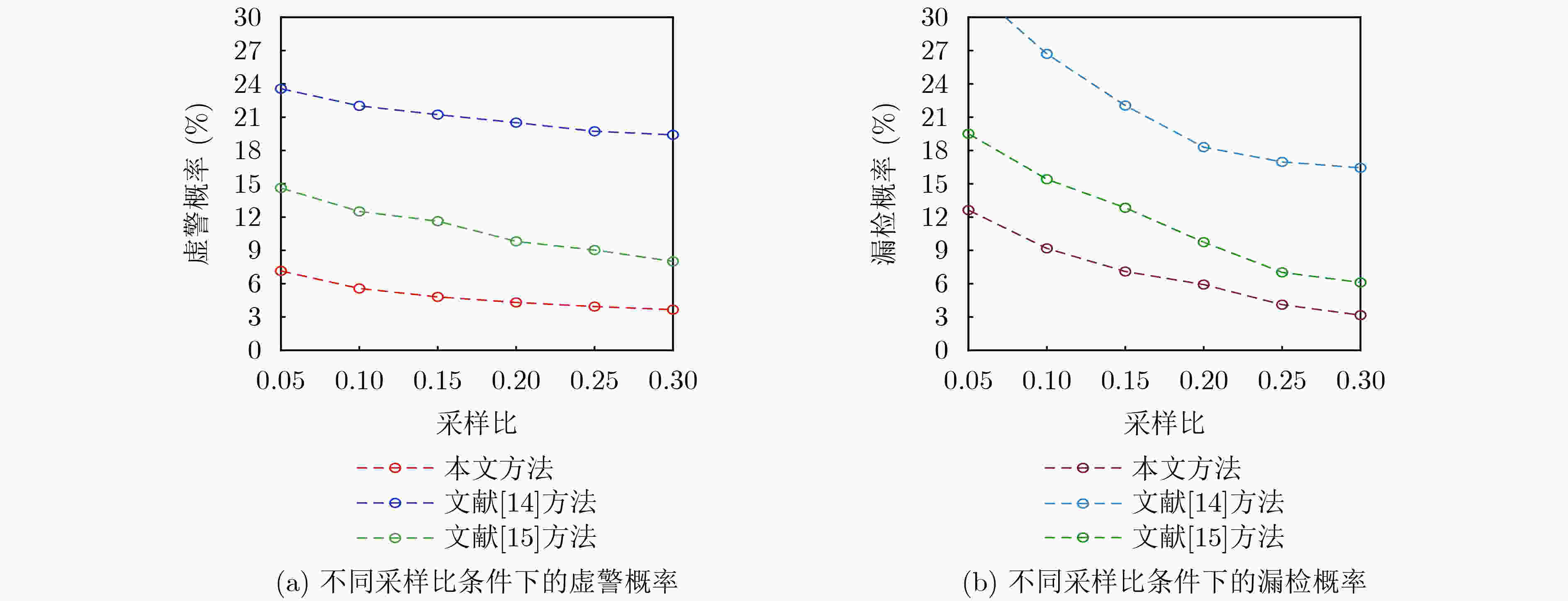
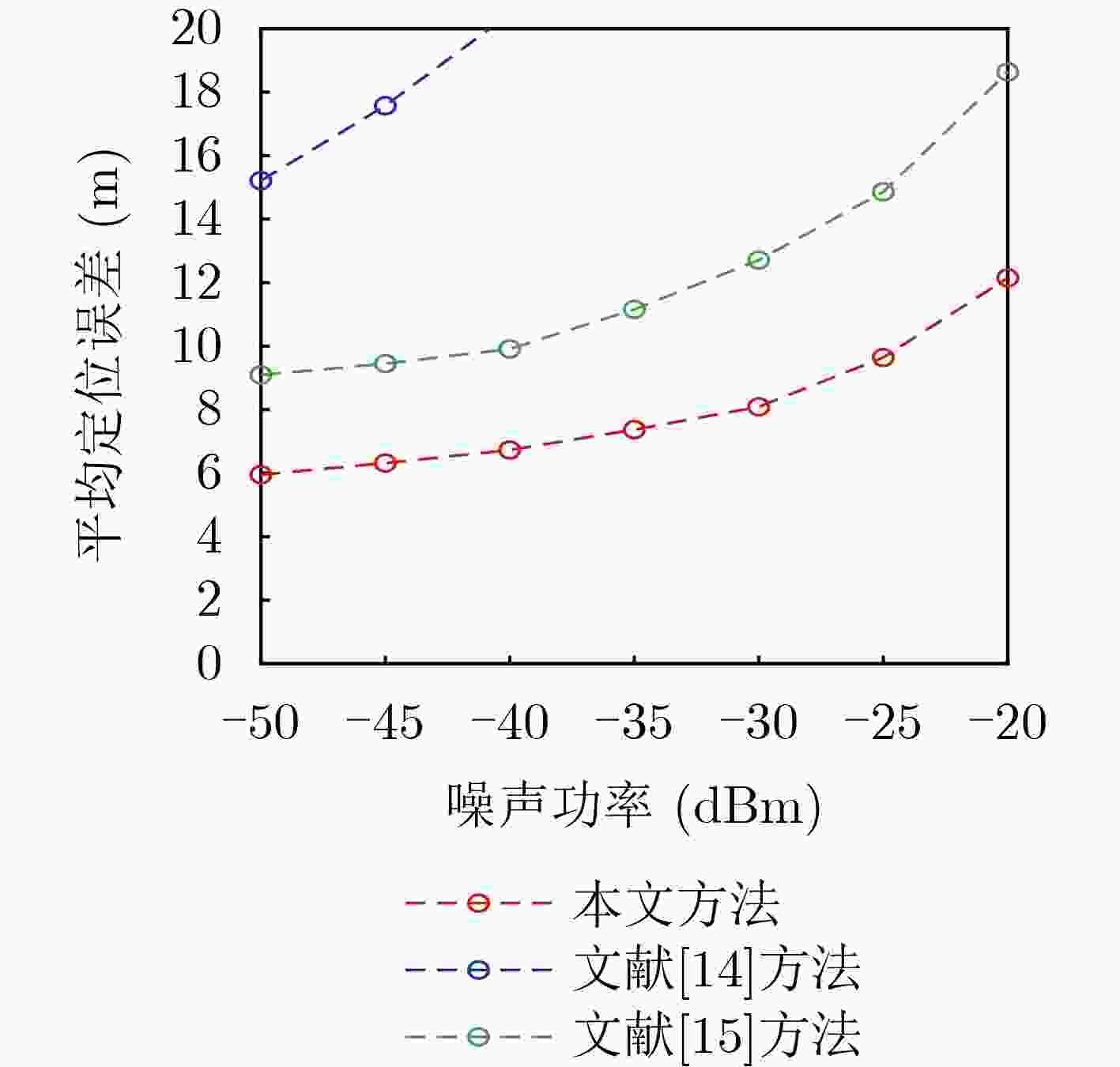
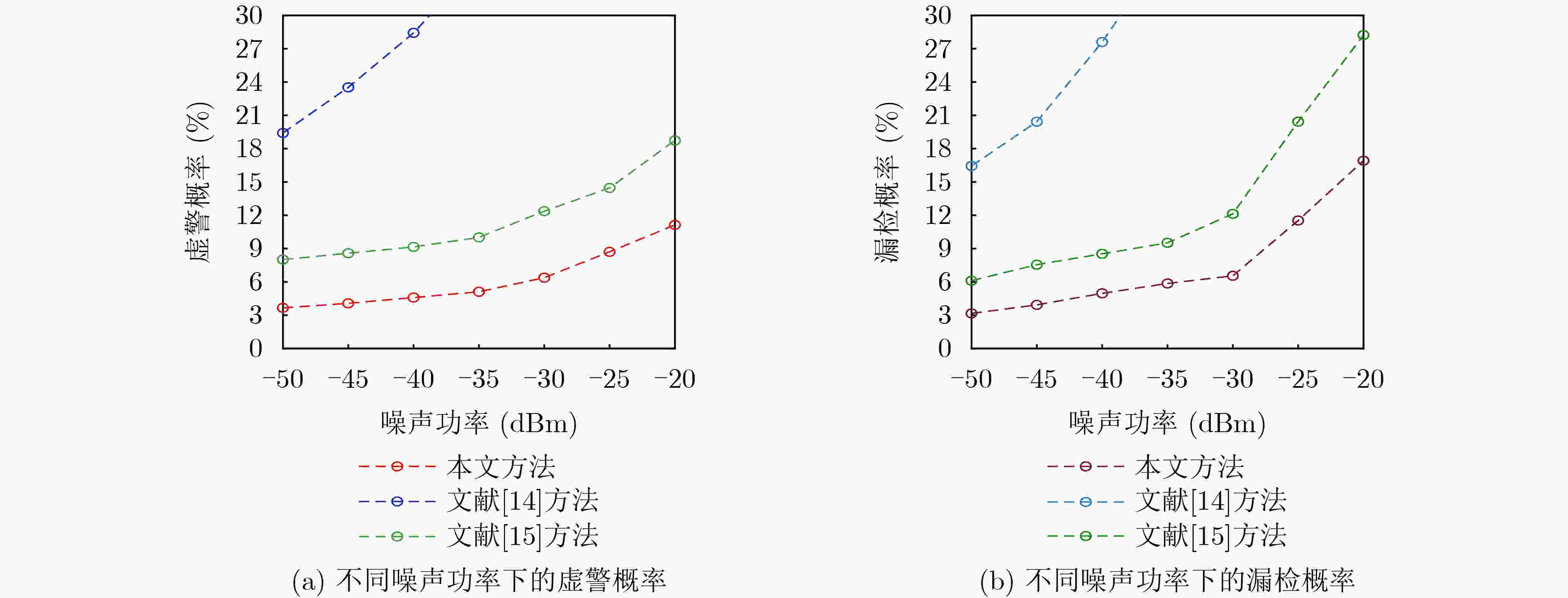


 下载:
下载:
